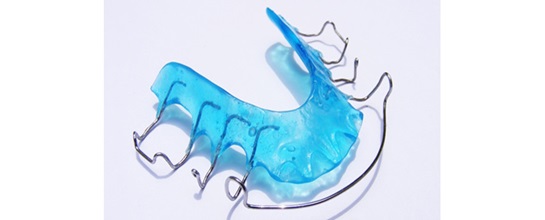
A Complete Guide to Mobile Orthodontic Treatment
Movable orthodontics refers to a variety of devices that are placed in the mouth to straighten and arrange the teeth or align the jaws and correct their narrowness, protrusion or retardation, but they are not attached to the teeth and during the treatment period. They are not fixed.
As a dentist offering advanced cosmetic dentistry services in Toronto states, many of us do not have an ideal smile and our teeth are crooked, deviated, or back and forth, or one of our jaws is backward or forward, as a result, in general, our teeth are not straight and tidy and we do not have a correct bite. Bite refers to the communication of the teeth with each other, especially when closing the mouth.
Types of Movable Orthodontic Methods
The two main types of removable orthodontic appliances are aligners and retainers.
Aligner or Invisalign
Aligner (Invisalign) is a thermoplastic plate that is colorless and no one notices it when it comes in contact with the teeth. Aligners are designed to move the teeth and align them. Depending on the condition of your teeth, the orthodontist will design a certain number of aligners for you to use in turn and replace the previous one with a new one every two weeks.
Orthodontic retainer or stabilizer
An orthodontic retainer or stabilizer is a device that is used after the period of orthodontic treatment with brackets or aligners is over. At this time, when you have achieved an ideal smile, the stabilizer keeps your teeth in place.
The reason for the need for a retainer is that the teeth have the potential to move and especially return to their previous position for some time after orthodontic treatment. For this reason, an orthodontic stabilizer must be used for some time (sometimes forever) to maintain the gains of orthodontic treatment. The duration of using this orthodontic device will be determined by the doctor.
How Long Is Mobile Orthodontic Treatment?
The duration of treatment depends a lot on the condition of your teeth. Regarding the retainer, if you have had complex orthodontic treatment or the teeth have moved a long distance, the possibility of the teeth returning is higher. As a result, you usually have to use a retainer for a longer period of time. In the case of aligners, the duration of treatment depends on the condition of the teeth. It usually takes one to two years to straighten all the teeth.

Frequently Asked Questions About Motion Therapy
- Is mobile orthodontics better or fixed orthodontics?
It is not possible to say which orthodontic method is better because each of these methods has its advantages and disadvantages. You should discuss the various aspects of each treatment method with the orthodontist.
- How do I clean my teeth while undergoing removable orthodontic treatment?
One of the most important advantages of removable orthodontics is that you can easily remove plaque from your mouth and brush your teeth when you brush your teeth. After cleaning the teeth, you should also clean the orthodontic plaque separately. To clean plaque, you can use water and toilet liquid or special detergents.





